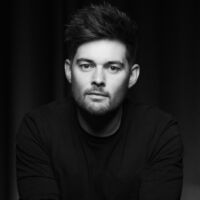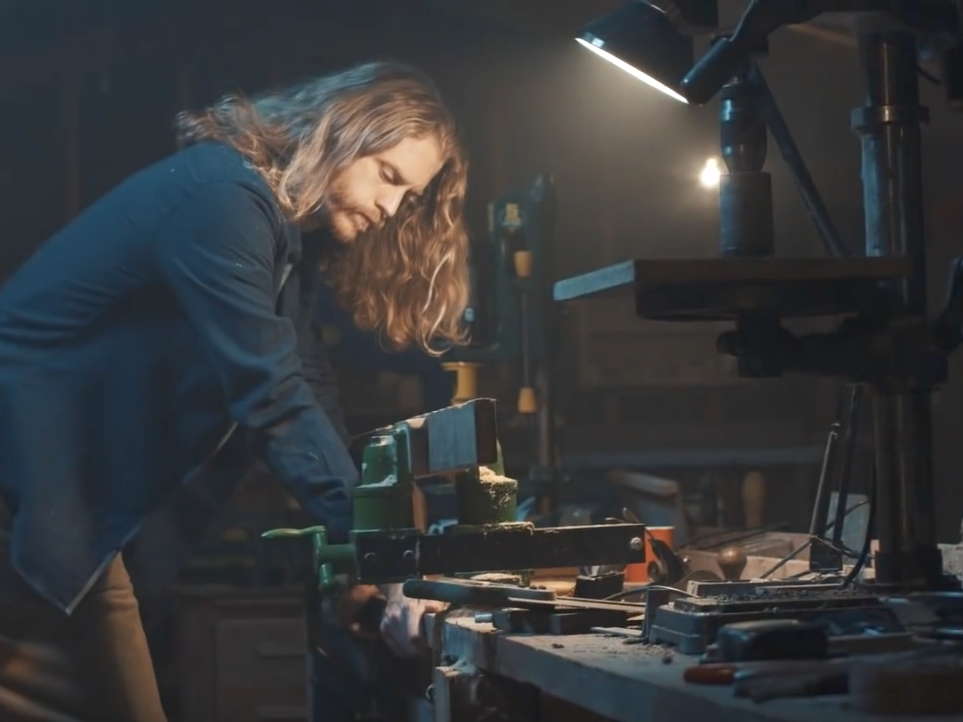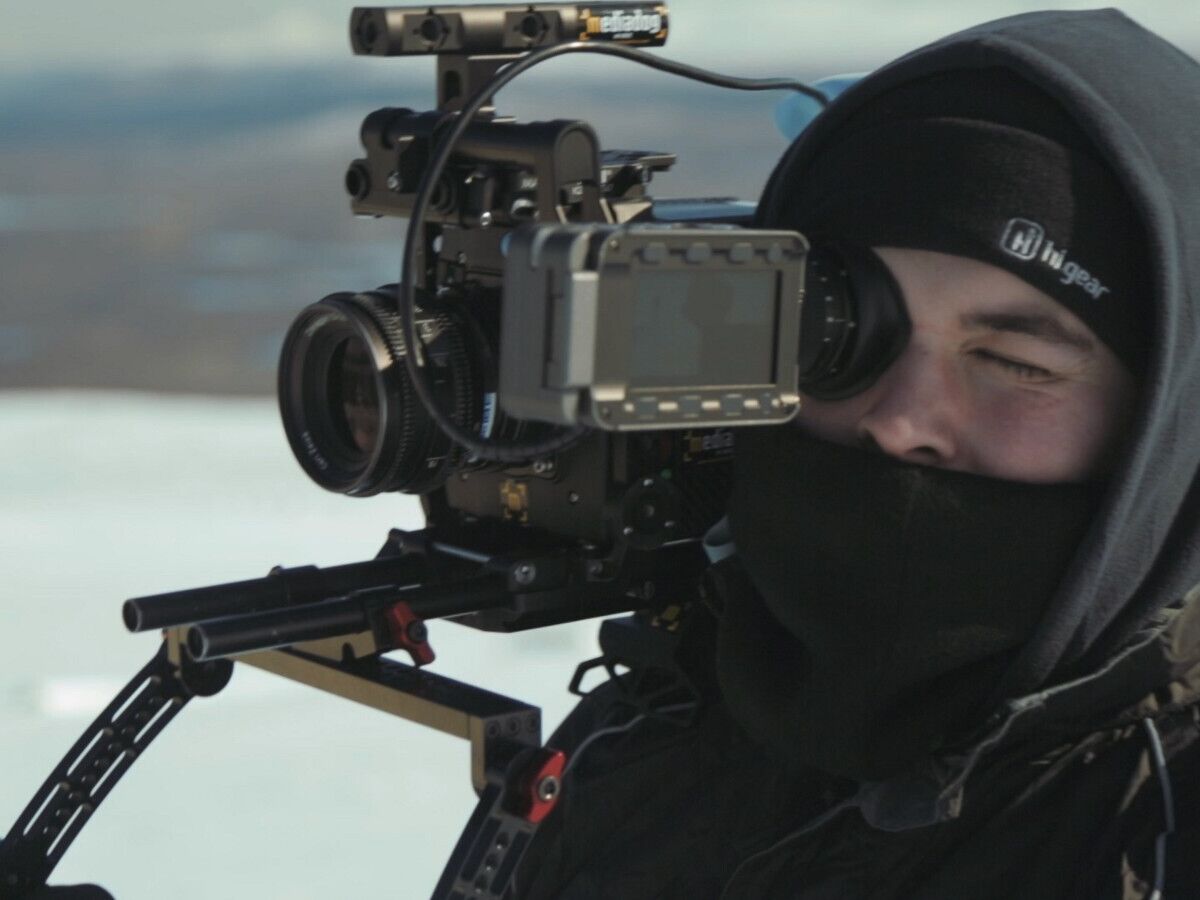Jelley’s Q&A #001: Analysing a Set


So like, what’s the first thing you do when walking onto a brand new set?
Before I jump straight into this one, because Michael has asked specifically about what I do on the day of the shoot, which in itself probably won’t take too long, I’m going to write a short bit to contextualise my answer.
In most cases nowadays, and this definitely wasn’t the case when I started out and still doesn’t happen every time, I do a recce of the location or set I’ll be shooting in.
At the very least if I’m unable to recce (because of time, or budget) I’ll do as much homework on the location as I can, using Google Maps, photos, floor plans, electrical layouts and by asking questions to the people who control the location.
If I am doing a recce (and actually, even when I’m not) I usually ask the same set of questions:
1. “In how many ways will this location try to f**k me over?”
No matter what location you roll up to, or how great it looks at first glance, every single location has its own set of flaws and issues that will pose a barrier to you creating the film look you want to on the day of shooting.
It’s way too easy to get carried away and see yourself shooting in a location that on the surface looks great, before you’ve really scrutinised it.
Think about what you’re going to be shooting in that location and think about what you need from that location in order to achieve the ambition and vision of the director.
Things that usually give me grief are: the location of the building in relation to the sun and where it sets in the sky, awkwardly positioned windows that are a pain to flag or block out, dodgy electrical layouts, plug positions and access points.
It’s one big game of compromise when you’re trying to find a location.
You’ll never get something perfect unless you custom build it and even then it can stuff you.
You can only plan for things if you are aware of them, so the more you know about the flaws of a particular location, the more you can try and weigh those up and mitigate them if needed.
Having a location with ten problems that you’ve noticed and have chosen to work around is a lot better than having a location with two problems that you can do nothing about.

2. “How much work does this location require to achieve the needed look?”
This will differ hugely depending on your budget and timescale, but as a rule of thumb I always like working with locations that at least have some scene-referred elements that I can build upon and enhance, as opposed to ones that require a lot of art direction to get looking right for the shoot.
A great example of this is a recent music video I shot whereby we needed a dusty workshop with a sky light.
We didn’t have a huge budget or a lot of time, so finding a location that had a lot of the elements that the director hoped for was really important to getting the project going.
We happened upon a location that although was on the second floor of a farm building (we’d originally wanted a ground floor workshop), had a great sky panel and a lot of genuine sawdust and tools lying around.
Of course I’m not saying that you should expect to just be able to turn up and shoot, there will always be some form of set dressing involved, it really does help if you can get over 50% of the way to the look you want naturally.
I’ve also found that it really helps you and the director to visualise your production and get vested in the story you’re going to tell.

3. How will I light this location, and how will that affect the rest of the shoot?
By the time I’m at the stage of doing a recce or thinking about locations, the director and I usually have a pretty clear idea about the look and feel of the film we want to make, including the style of lighting and camerawork that we want to execute.
Usually, we’ll want to keep things visually consistent across the film as a whole, and so each location that we choose has to fit within a certain aesthetic parameter.
If you’ve chosen to use scene referred or natural lighting for the majority of a film, unless you intend to create a dichotomy or dissident relationship between two scenes, you’ll want to find a location that will let you continue that natural theme or style.
On the other hand, there are certain situations whereby regardless of if you want it, you won’t be able to rely on natural light.
If you have 5 pages of dialogue to shoot at sunset in a room bathed in golden hour sun, you’re probably not going to be able to rely on the Sun to maintain the same position long enough to get the job done, so you’ll need to think about a way of simulating it.
Certainly as I’ve developed as a DP I’ve come to have an unnatural phobia of shooting with natural light, and will often go out of my way to create a situation whereby I can control every single photon of light in a room.
You’ll also need to consider what you need to get done in any given location in terms of the number of angles and camera movement within a scene.
The best way to light a certain angle might not work for the scene as a whole, so its good to walk through scenes with a director and weigh up what they want and the most effective ways to tackle the challenges that poses.
Some directors will want you to light a whole scene so that they can reactively capture the action as it unfolds in the space, whereas some will prefer to work line by line and make lighting changes as they go.
Your job is to work with them to achieve the best result for that given project.
Shit, I’ve sidetracked massively. Sorry Mike, but it needed to be said. ANYWAY, onto the actual question in hand.
When I first step on set at the start of a shooting day, there is usually a sense of nerves, apprehension and excitement that has built up over the previous week or so as I will have been obsessing over the lighting plan and kit hire (to the point where I will have spent hours choosing one gel code) and will be very aware of what needs to be achieved in that particular day.
The first thing I usually do is have a small scale internal panic. “Am I actually good enough to pull this off? Have I prepared enough? Do I know what I’m doing?” are all things that usually pulse through my mind.
Luckily there isn’t actually any time for any of these fears to manifest themselves, as I’ll have a boatload to get on with.
If possible, before we get going I like to walk around the location with the director and AD to reinforce what we want to achieve and go over how we plan to do it.
It also gives you a good chance to smash back a coffee and start taking some light meter readings.
If I’ve been as prepared as I like, I will have had a crew briefing, my gaffer will have seen the lighting plans for the different scenes and anyone responsible for grip (ACs, PAs, CamOps) will know what setups we’ll be working with.
The best scenario for me is that when I arrive on the day I can get straight into the film and really focus on the images that I want to create.
I can’t stress how important it is as a DP to be really focused on the images coming from the camera and to not get caught up with other distractions going on around you.
Every minute you spend not immersing yourself in the image and emotion of the scene is a minute taken away from the time spent realising the images that you set out to create.
Keep that in mind at all times!
I hope this was useful, Michael. Thanks for being the first person to ask me a question!
Let me know if I did a bad or good job, or what I could do better in future, this is a learning process for all involved!
